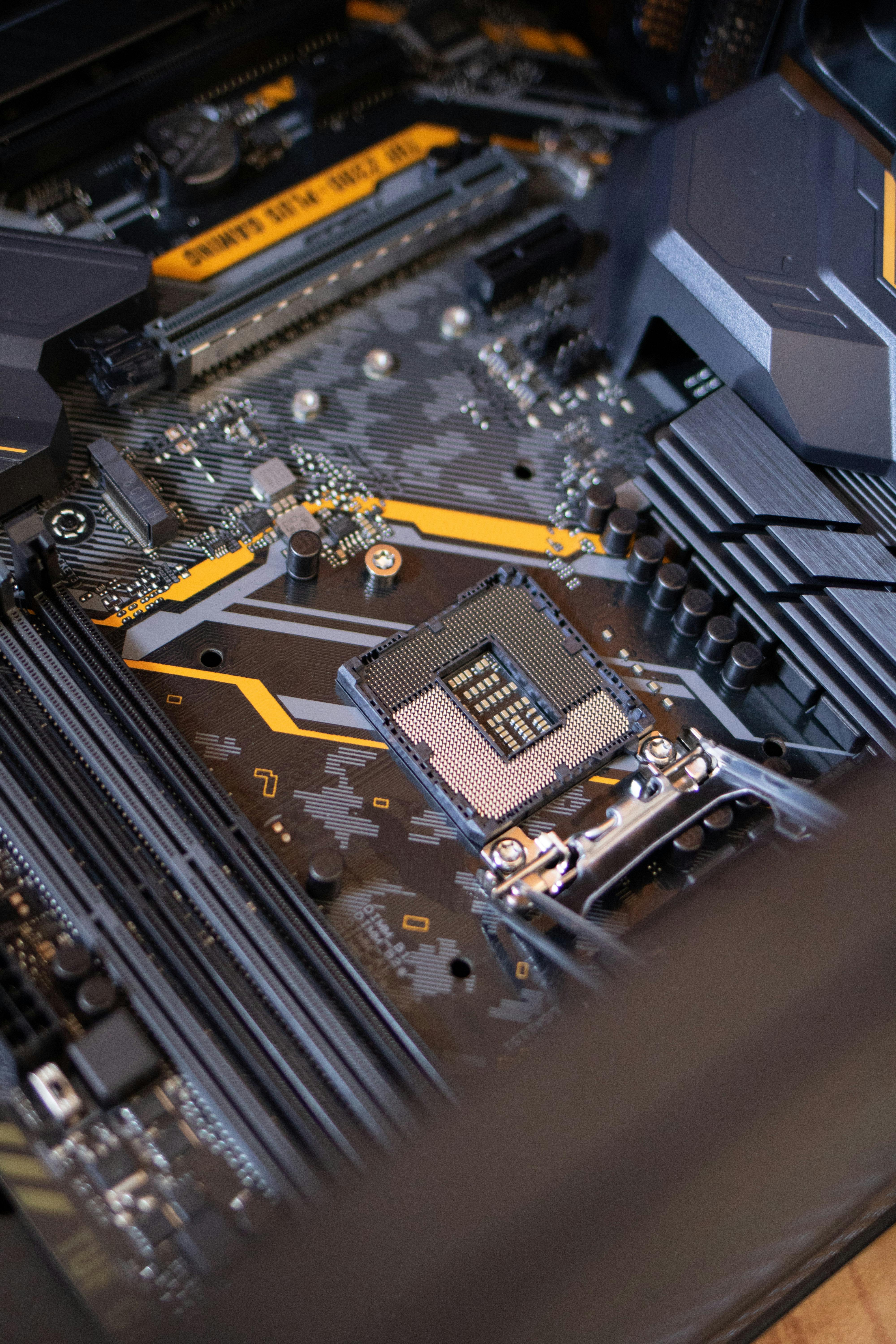Enchanting P2P Solutions
Without Servers
We craft decentralized, peer-to-peer software that empowers users with true digital sovereignty. No servers, no middlemen — just pure magical connections.

Our Magical Services
We specialize in creating powerful P2P software solutions that eliminate the need for centralized servers, giving you complete control over your data and applications.
P2P Application Development
Custom peer-to-peer applications that operate without central servers, providing enhanced privacy, resilience, and user autonomy.
Learn more →Decentralized Data
Hypercore systems that replicate across a network of peers rather than centralized servers.
Learn more →P2P Infrastructure Consulting
Expert guidance on building and maintaining robust peer-to-peer infrastructure that scales with your needs.
Learn more →Why Choose Serverless P2P?
Our approach to software development eliminates traditional servers, bringing numerous advantages to your applications and systems.
No Central Servers
Our P2P solutions operate without central servers, eliminating single points of failure and reducing costs.
Enhanced Privacy
Keep your data private with solutions that don't require storing sensitive information on third-party servers.
Resilient Architecture
Build systems that continue to function even when parts of the network are compromised or unavailable.
Reduced Costs
Eliminate expensive server infrastructure and maintenance costs with peer-to-peer solutions.
Increased Autonomy
Take control of your digital presence without depending on central authorities or service providers.
Scalable Solutions
Our P2P applications scale naturally as more users join, distributing the load across the network.
Ready to Liberate Your Software?
Let's create powerful P2P solutions that put you in control, eliminating server dependencies and enhancing privacy.
Latest Insights
Discover our latest thoughts on P2P technology, decentralization, and the future of software development.

Why Peer-to-Peer Software Is Inherently Solarpunk
Resilience, Community, and Energy-Aware Infrastructure

Why Your Data Doesn't Belong on Someone Else's Server
The risks of centralized data storage and how P2P architectures can protect your privacy and digital sovereignty.

The Environmental Impact of Serverless Architecture
How eliminating server infrastructure through P2P design can significantly reduce the carbon footprint of your digital solutions.